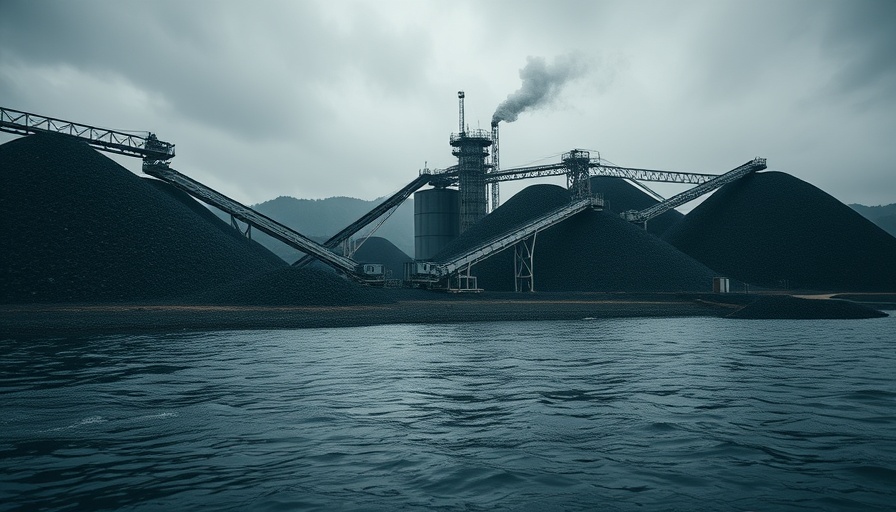
Wildfires: The Unintended Legacy of Hurricane Helene
In the wake of Hurricane Helene, over 200 wildfires recently erupted across the southeastern United States, revealing a stark and often overlooked consequence of natural disasters. Though the storm struck last September, its lingering effects have fueled rampant wildfires that pose threats to communities, wildlife, and ecosystems throughout the region.
The Storm’s Aftermath: Dried Fuel for Flames
Last week, devastation in the form of a large fire near Myrtle Beach, South Carolina, forced evacuations and consumed over 2,000 acres of land. While firefighters have contained the more severe blazes, many areas continue to face heightened risks due to a combination of unusually high winds and prolonged dry conditions from last year's weather. These factors combine with the aftermath of Hurricane Helene—a storm that tore through the Southeast, uprooting trees and leaving behind a landscape ripe for wildfires.
Experts note that the dried and fallen trees left in the storm’s wake act as kindling, further complicating firefighting efforts. “The combination of hurricane destruction and drought conditions is exacerbating fire risks in the region as climate change continues to accelerate,” observes environmental engineering professor Lauren Lowman from Wake Forest University.
The Wildland-Urban Interface: A Growing Concern
Many of the wildfires occur in what's termed the wildland-urban interface (WUI), where residential areas meet forests and grasslands. In the southeastern U.S, an increasing number of homeowners find themselves dangerously close to these natural landscapes, where wildfires can encroach on their properties with alarming speed. With the current state of dryness in the Carolinas, wildfires threaten not only homes but also the air quality and health of nearby communities.
Understanding the Fire Cycle: Natural vs. Anthropogenic
Wildfires, while seemingly destructive, play a crucial role in maintaining the health of many ecosystems in the Southeast. These fires are inherently part of the seasonal cycle, clearing out dense underbrush and permitting native species such as longleaf pines to flourish without competition. However, with Hurricane Helene having created conditions conducive to the accumulation of dead trees, the timeline of regrowth becomes uncertain, posing longer-term threats.
Future Predictions: A Dangerous Equation
Looking ahead, fire experts warn that the climatic conditions that have become prevalent will likely worsen. A 2024 study indicates that droughts are set to become more severe and more frequent in the Southeast, thereby exacerbating existing wildfire risks. At the same time, the increased frequency of hurricanes and extreme weather events like Helene could continue feeding the fuel for these destructive fires, leaving communities more vulnerable.
“The combination of climate-stressed environments and human access to these fire-prone areas presents a growing concern,” cautions Virginia Iglesias, a researcher studying climate variability’s effects on environmental systems.
Mitigation Strategies: Fighting Fire with Fire
To combat these blazes, forest managers often resort to controlled burns to eliminate potential fuel and reduce the risk of larger wildfires. However, the implementation of such strategies faces obstacles. With over half of U.S. forest land privately owned, landowners must grant permission for such burns, complicating what is already a delicate fire management scenario.
Continuing this approach amidst worsening conditions points to a necessary evolution in forestry policy, alongside increased funding and resources to bolster firefighting capabilities. Unfortunately, current government funding cuts have left firefighters less prepared to confront these escalating challenges, according to fire management experts.
The Bottom Line: Community Engagement and Preparedness
As wildfires become a more common narrative in the Southeastern U.S. as a result of hurricanes, the need for community engagement and education on prevention and preparedness will be paramount. Homeowners near forest land should prioritize knowledge of their environments and take proactive steps to mitigate risks.
The lingering effects of Hurricane Helene serve as a critical reminder that the consequences of climate change extend far beyond the immediate aftermath of natural disasters. As the region faces escalating wildfire risks, it will be essential for communities, decision-makers, and industry leaders to adopt strategies that not only address fires post-occurrence but also preemptively reduce their likelihood.
 Add Row
Add Row  Add
Add 




Write A Comment